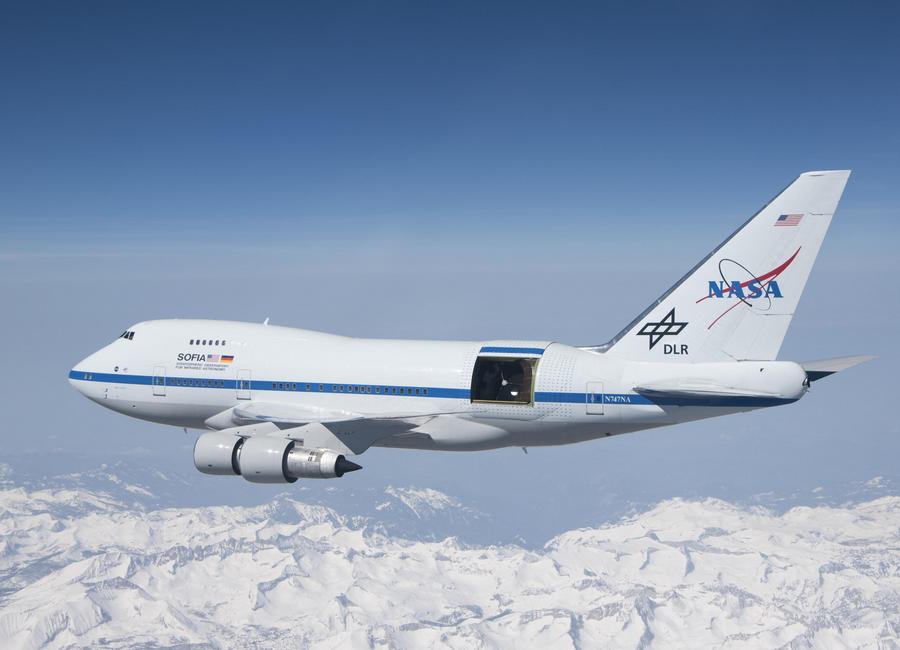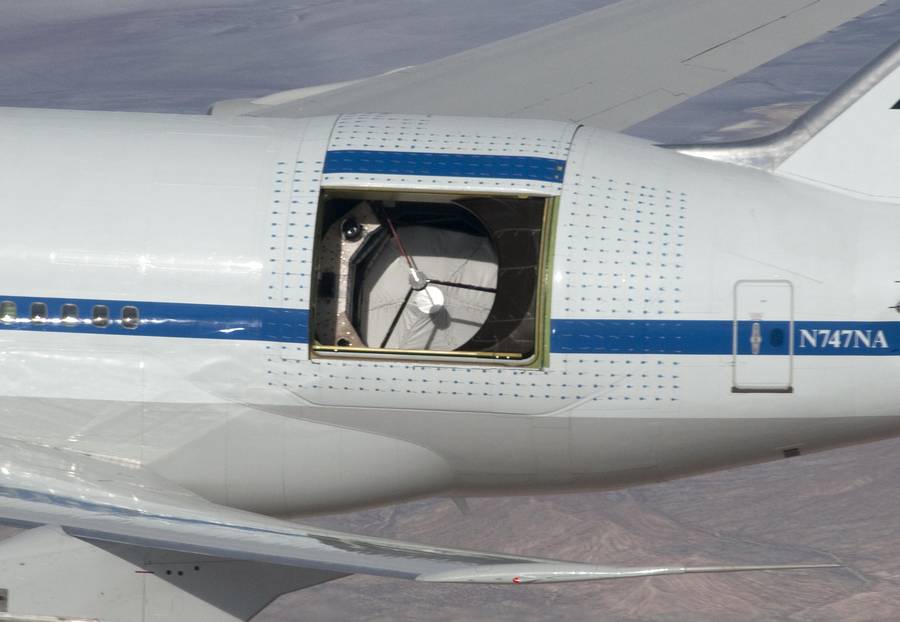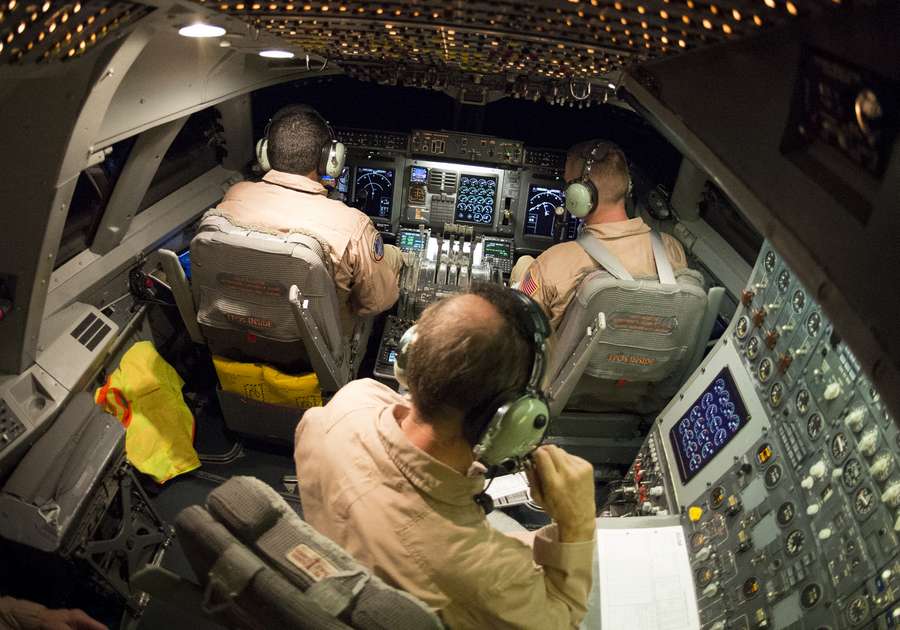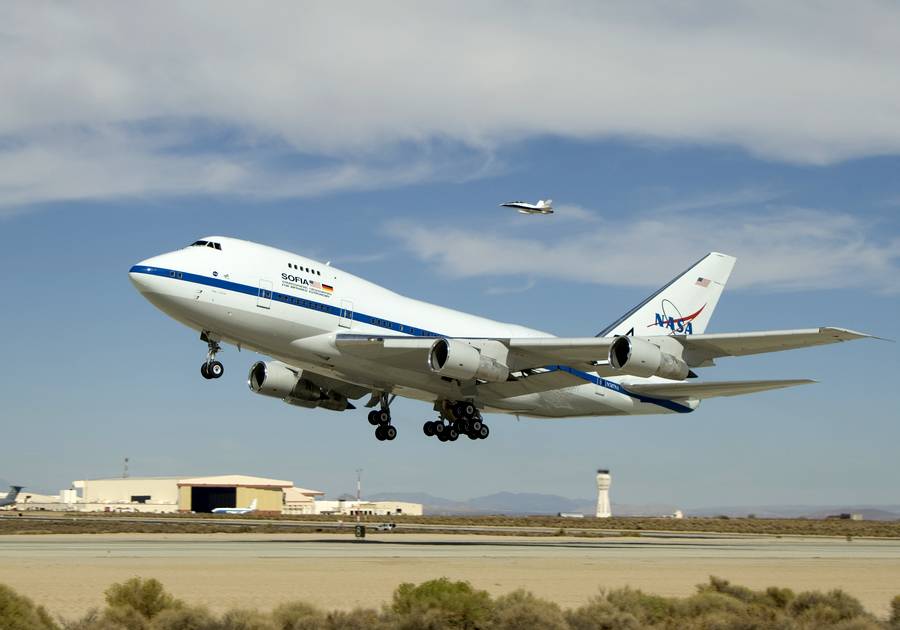Alas, NASA’s SOFIA flying telescope will stop operations later in 2022, after the agency and its partners re-examined the program. But why?

There are some aircraft that are extra special for plane spotters and aviation geeks alike. It could be because they were the first of a particular model, or the last… or hold some other historical significance. The plane you see here is a Boeing 747SP and in itself, this fact makes it quite a rare sight. But the role of this aircraft and the features it incorporates, make it truly unique.
So, what is it? NASA’s SOFIA stands for Stratospheric Observatory For Infrared Astronomy. NASA is in charge of the aircraft itself. Germany’s DLR (Deutsches Zentrum für Luft und Raumfahrt) is responsible for the aircraft’s scientific instruments. The main one of these is a 2.5-metre telescope, sitting in the rear of the fuselage. And by the way: there is NO glass in front of that telescope, as the plane flies!

NASA’s SOFIA – Flying With An Open Door
Yes, when NASA’s SOFIA opens that sliding door, the telescope is out in the open, typically at 41,000 feet. This is quite impressive, considering the size of the door, which is 4.1 metres (13.5 ft) wide and arching 5.5 metres (18 ft) along the fuselage. So this door is bigger than many cargo doors in freighter aircraft! At its operating altitude, SOFIA’s telescope is above almost all of the atmosphere’s water vapour, allowing much better space observations.

Making this setup possible meant that the rear pressure bulkhead of the aircraft was moved forward, just in front of the door. Part of the telescope goes sideways, through the bulkhead, where scientists with more instruments can do their work. NASA’s engineering challenge in designing the SOFIA aircraft extended to its avionics, which got a much-needed upgrade.
This project was in the works for many years, but it only became fully operational in 2014. So at its conclusion, SOFIA will have been operational for eight years. But this is already three years longer than the originally-funded, five-year prime mission. Unfortunately, the aircraft won’t continue to grace the skies for much longer. NASA’s decision was to retire the SOFIA project on September 30th this year.

So, Why Stop Now?
The retirement decision is coming after an evaluation by the National Academies’ Decadal Survey on Astronomy and Astrophysics 2020. The report concludes that “SOFIA’s science productivity does not justify its operating costs”. It also found that “SOFIA’s capabilities do not significantly overlap with the science priorities the Decadal Survey has identified for the next decade and beyond”.

NASA’s decision comes as a disappointment to many, who follow the progress of the SOFIA mission. The program has made some interesting observations over the years, including the discovery of water in parts of the Moon, temperature observations on the moons of Jupiter, and many many more.
As an aircraft, NASA’s SOFIA is of course a 747SP, the shortest of all 747 variants. As we’ve seen, the aircraft is the father of long thin routes. And its shortened fuselage essentially made it possible for newer 747s to have longer upper decks. Boeing only made 45 of these jets, only a handful of which still fly today.



